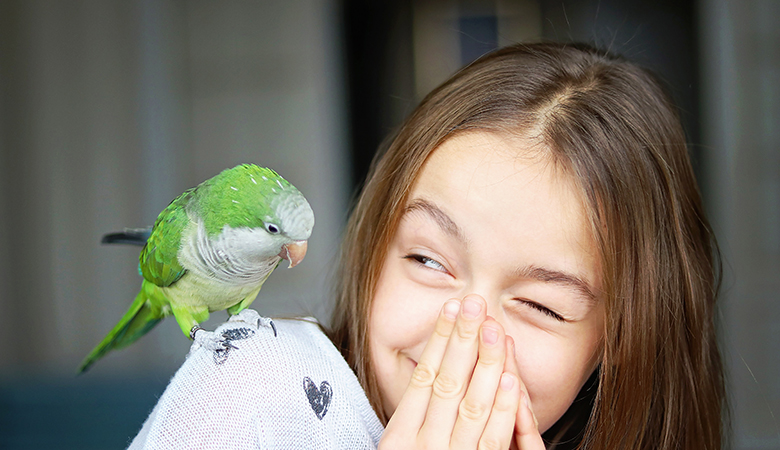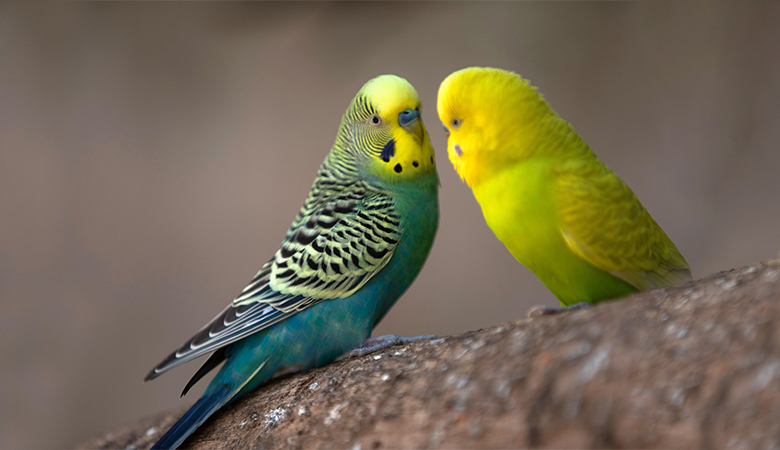Care and housing of the budgerigar
The budgerigar is an active, inquisitive bird that loves to fly, play, and interact with its surroundings. In the wild, they spend most of the day flying, foraging, and socialising. In captivity, they therefore need plenty of space, stimulation, and company to express their natural behaviour. A good environment is just as important as proper nutrition and contributes directly to their wellbeing and longevity.
Cage and space
Choose a spacious cage where your budgie can comfortably stretch its wings. For one or two birds, a minimum size of 80 cm long, 50 cm wide, and 60 cm high is recommended — though bigger is always better. The cage should be wider than it is tall, as budgies fly horizontally. Even better is a aviary or a safe room where they can fly freely every day.
Setup
- Use natural wooden perches of varying thicknesses to strengthen their foot muscles.
- Provide toys such as ropes, bells, and swings to prevent boredom.
- Offer a bird bath or use a spray bottle with lukewarm water for feather care.
- Place the cage in a bright, draft-free area, away from direct sunlight or heaters.
- Provide a bowl of Oyster shell grit No. 1 so your budgie can eat it as needed. It supports digestion and supplies extra minerals.
Care
Clean the cage regularly, refresh the water daily, and check the food and grit containers. Spend time with your budgies every day — they’re curious and enjoy interacting with their owner.






